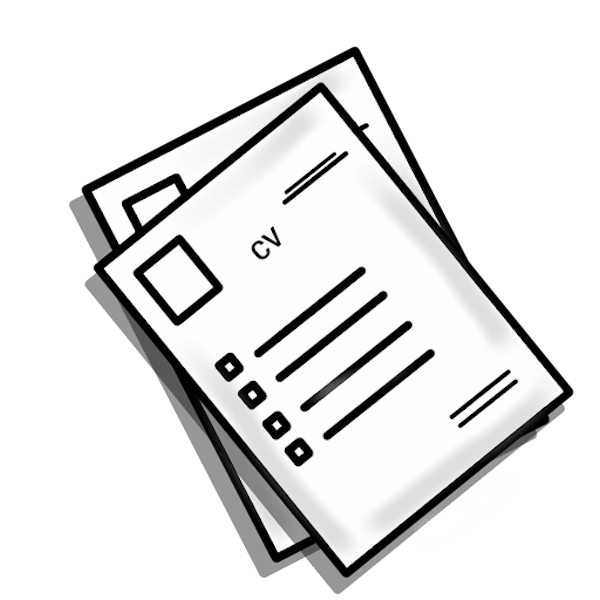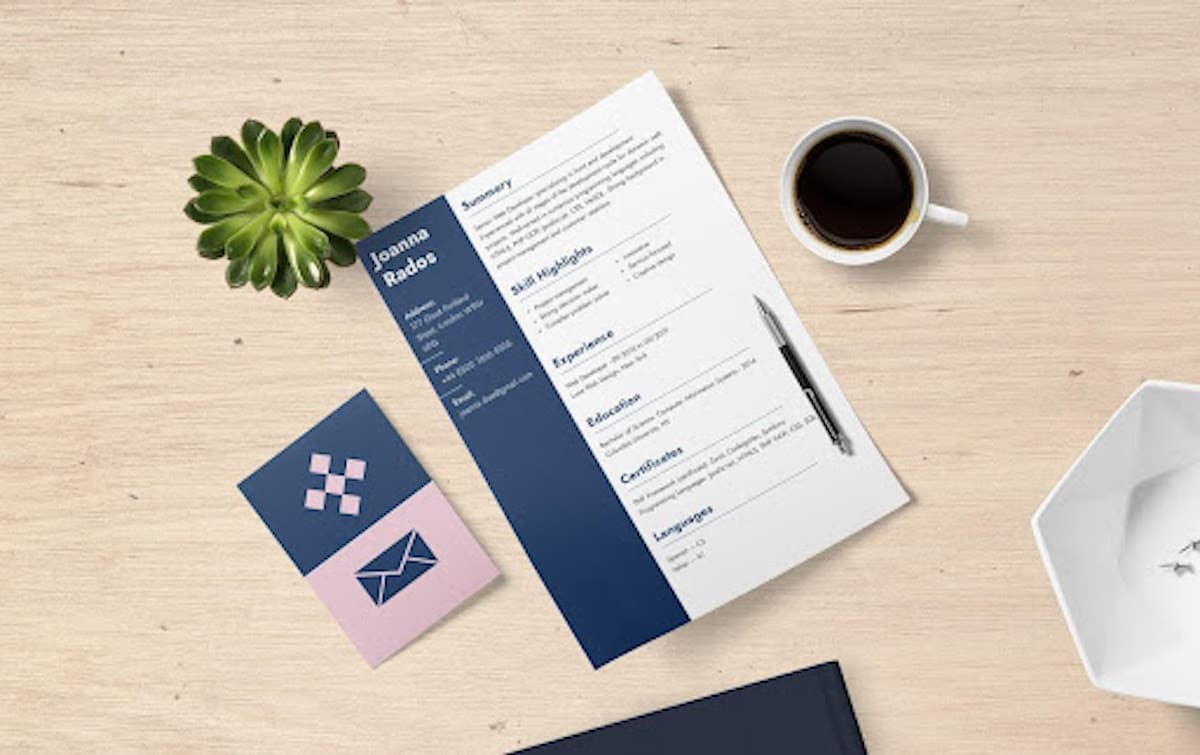Are you applying for interior designer vacancies? Not sure how to impress the hiring manager and make it past the hiring process? If you’re nodding your head in yes, you’re at the right place. Here are some tips to help you craft a resume that leaves an impression.
Make sure your resume looks good to the eyes.
Interior design relies primarily on aesthetics. Hence, your resume must also have a good design that looks appealing. The appealing design does not mean having a geometric-patterned background or using sharp colors. A good design is simple and clear yet aesthetically appealing. It draws the recruiter’s attention to your key achievements and USP. One of the best ways is to use a reverse-chronological format. This format displays your recent experience and qualification first.
Also, make sure you’re using professional fonts such as Arial, Time New Roman, or Cambria. You may use subheadings and bullets to highlight your key features. Saving your resume in PDF format is also a good idea. But, make sure the employer accepts PDF formats. Some do.
If you’re having a hard time designing your resume the right way, you can always opt to pay for resume. A professional writing service will ensure your interior designer’s resume is as appealing as you are.
Don’t forget to include a resume summary.
The hiring manager receives hundreds of CVs for one vacant position. So, how to make them read yours carefully? By adding a resume summary or objective.
A resume summary highlights your key achievements and features in a couple of lines. A resume objective, on the other hand, shows your passion. And what you’re capable of doing.

So, if you do not have much experience in the industry, add a resume objective. If you have vast experience, include a resume summary to highlight your capabilities and professional achievements. Your resume summary must emphasize you’re important selling points.
If you can’t seem to craft an appealing objective or summary, take help from the best resume rewrite service.
Show your experience better on the resume.
Sometimes candidates with less experience are preferred over more experienced candidates. Why? Well, it’s simply because they succeed in presenting their experience better on the resume.
So, make sure you add bullets under each of your experiences. Try to add your job responsibilities and achievements. If you do not have much experience, you can also add your school projects or volunteer work. Think of every project relevant to the job you’re applying for. It doesn’t matter if you were paid for that project or not. Your experience and achievements are what matter the most. You can also put your own home in your portfolio.
Include all the details but precisely. You don’t have to bore the hiring manager. Instead, you need to keep them on the edge of their seat by using action words.
Remember using bullets helps increase the readability of your resume. So, make sure you arrange the details correctly and nicely.
Put your certifications in the right place.
Without certification, you cannot practice your craft in most states. Thus, recruiters look for candidates that are certified. So, make sure you add your certification right after your name. You worked hard for that title, after all. So, ensure the recruiter can see it right away. If you have a CIDQ certification, put it like this:
- Anna Stephen, CIDQ.
It must come at the beginning of your resume. Then, add it in the certifications section also.
Include all your educational details
The job might require a bachelor’s degree, but you must include all your educational details:
- University Degree;
- College;
- School.
Also, mention your GPA and academic years. Adding your educational achievements under each education would also leave an impression. If you’re not sure how to highlight your educational achievements, you can also take help from the cheap CV writing services. These services help you create a resume that leaves an impression.
List all your relevant soft and hard skills.
Adding these skills to the resume will help the recruiter know you’re capable of this position or not. You may add soft skills like:
- Effective communication;
- Creative thinking;
- Detail-oriented;
- Time-management;
- Problem-solving;
- Interpersonal skills
- Team player;
- Good listener;
- Adaptability.
Whereas the hard skills may include:
- AutoCAD;
- CAD;
- Sketching;
- AdobeSuite;
- Technical drawing;
- Illustrator;
- On-site consultations;
- Project management;
- Color sense;
- Budgeting.
Adding such skills to your resume will make it appealing to the recruiter. So, make sure you have included all of your soft and hard skills to impress the manager.
But, make sure you don’t exaggerate. Lying on your resume can land you in great trouble. Hiring managers can gauge a person’s capabilities during the interview. They may ask you questions that show your response and react in various situations. So, it is best to stay honest and keep honing your skills.
All in all, an interior design resume must look professional yet aesthetically appealing. It must indicate that this resume belongs to a creative person who is ready to bring a change in the industry. So, work hard on creating a great resume.


